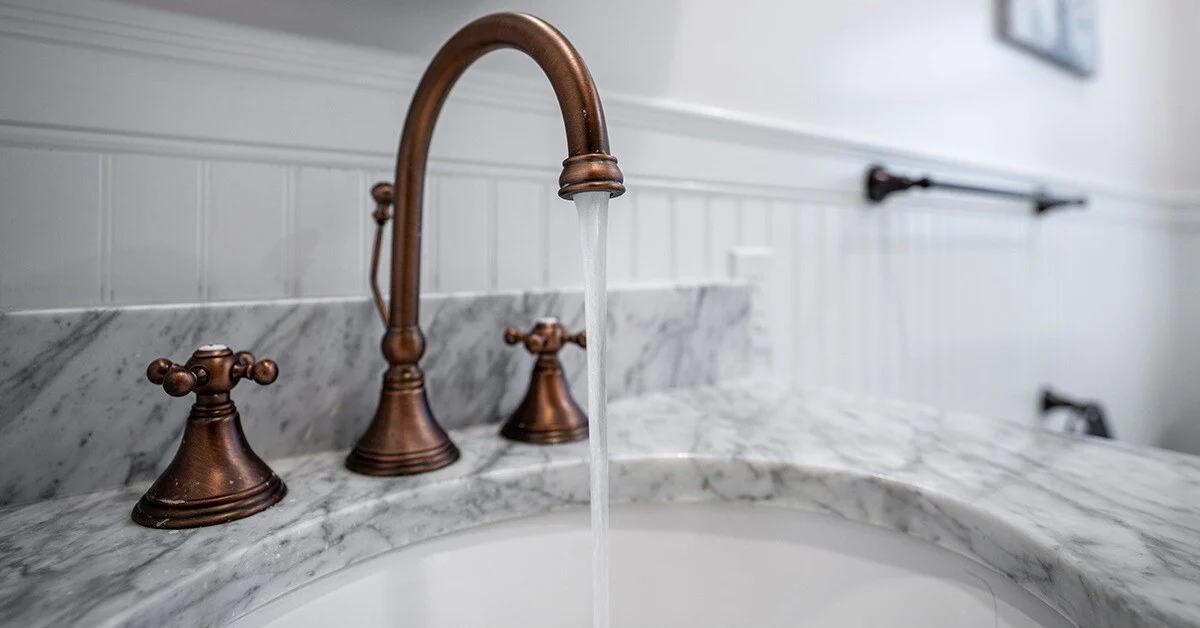You’ve probably seen the letters “WC” on restroom signs in public places like malls, airports, and restaurants. For many people, it’s just another way to indicate a bathroom, but did you know that “WC” actually has a specific origin and meaning? Recently, social media users have been surprised to learn the true story behind this commonly used abbreviation, and the revelation has sparked widespread interest.
In this article, we’ll explore what “WC” stands for, its historical background, and why it’s still used today.
What Does “WC” Stand For?
The abbreviation “WC” stands for “Water Closet,” a term that originated in the 19th century. It was used to describe an enclosed room with plumbing for personal hygiene purposes, essentially an early version of the modern bathroom. The term became popular in the United Kingdom and other parts of Europe, and even though newer terms like “restroom” or “toilet” are more common today, “WC” remains widely recognized and used in many countries.
The Historical Origin of the Term
The term “Water Closet” was first introduced in the late 1800s when indoor plumbing systems were becoming more advanced. Before the widespread use of indoor toilets, people relied on outhouses or communal facilities. The introduction of private, water-flushed toilets within homes and buildings led to the creation of a designated space, hence the name “Water Closet.”
Initially, the term was considered a more polite way to refer to the facilities, as words like “toilet” were deemed too direct or impolite in Victorian society. Over time, the abbreviation “WC” became a universal sign for restroom facilities, especially in public areas.
Why Is “WC” Still Used Today?
Despite the evolution of language and the emergence of more modern terms like “bathroom,” “restroom,” or “lavatory,” the “WC” sign continues to be prevalent in many parts of the world, particularly in European countries, Asia, and even some older establishments in the United States. There are a few reasons for its continued use:
- International Recognition: Since “WC” is used across multiple countries, it’s an easily understood sign for travelers from different linguistic backgrounds.
- Legacy and Tradition: Many buildings and institutions maintain the use of “WC” due to tradition and familiarity.
- Politeness: In some cultures, using indirect terms like “WC” is considered more polite than saying “toilet” or “bathroom” directly.
Common Misconceptions About “WC”
Given the widespread use of the term, there are several misconceptions surrounding what “WC” actually means. Some of the most common ones include:
- “WC” stands for Water Control: Some believe it refers to plumbing systems or water regulations, but that’s not true.
- It originates from French or Latin: Although it’s widely used in European countries, the term “Water Closet” is English in origin.
- Only old buildings use it: While older establishments often feature “WC” signs, many modern public places still use them for international visitors.
Cultural Variations in Restroom Signage
While “WC” is widely recognized, different cultures use various terms to label restroom facilities, such as:
- United States: Restroom, Bathroom, Ladies’ Room, Men’s Room
- United Kingdom: Toilet, Loo, Lavatory
- France: Toilettes
- Germany: WC, Toilette
- Japan: Otearai, Washroom
Understanding these variations can be helpful for travelers navigating different countries and languages.
Should We Continue Using “WC”?
As language evolves, some people argue that “WC” is becoming outdated and should be replaced with more modern terms. However, given its long-standing history and universal recognition, it is likely to remain in use for the foreseeable future.
Ultimately, whether you call it a restroom, bathroom, or water closet, the function remains the same—providing a private space for personal hygiene.
Final Thoughts
The next time you see a “WC” sign, you’ll know that it stands for “Water Closet”—a term with historical roots that continue to hold relevance today. Whether you’re traveling abroad or simply curious about the language of public facilities, understanding the meaning behind these signs adds an interesting layer to everyday life.
So, the next time someone asks about the meaning of “WC,” you can impress them with your newfound knowledge!











